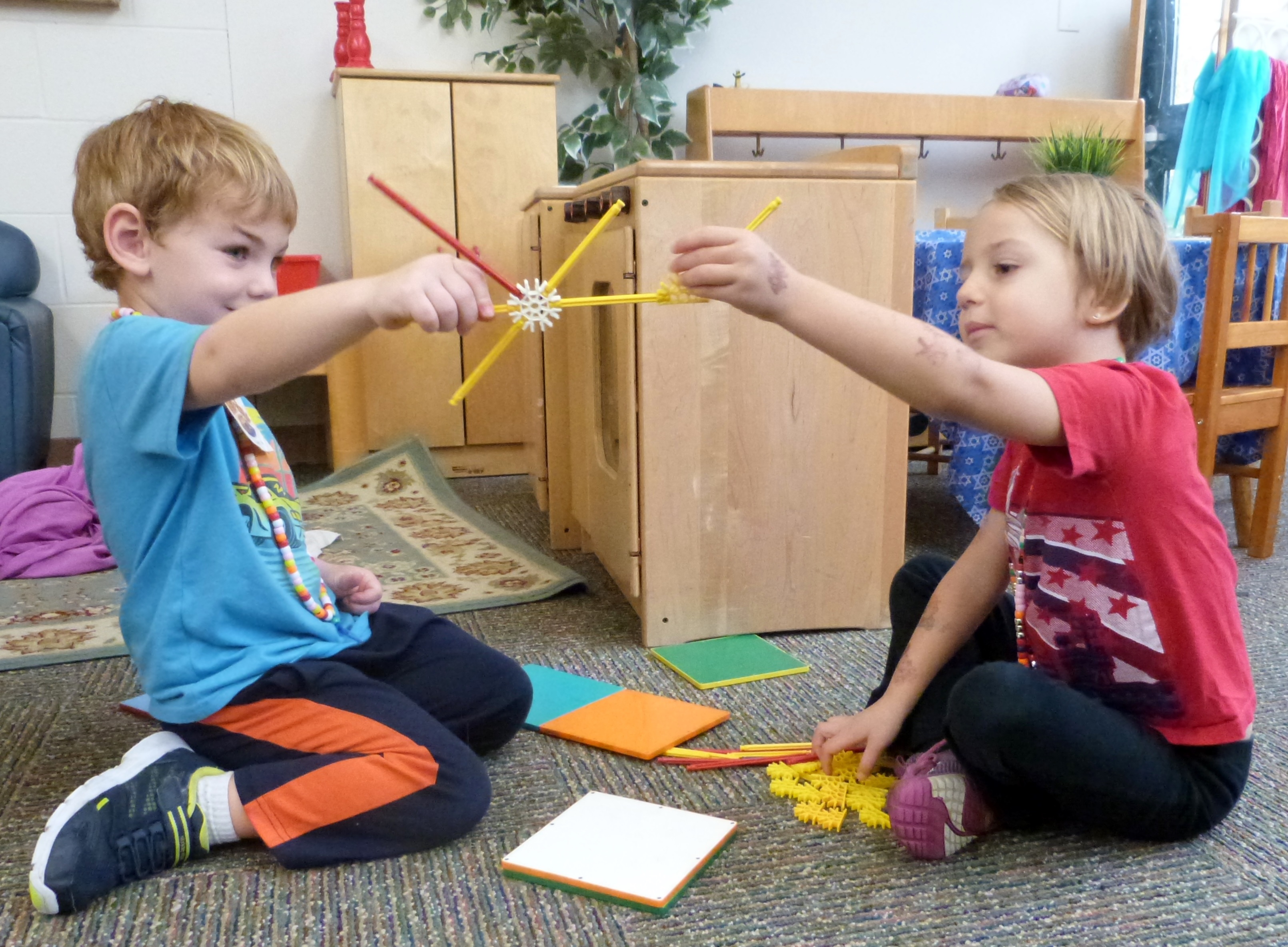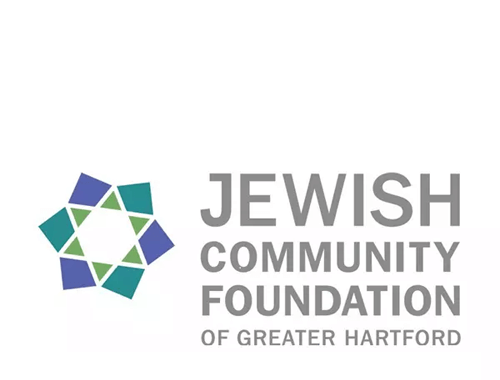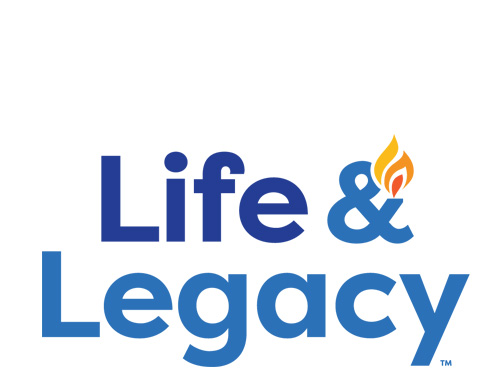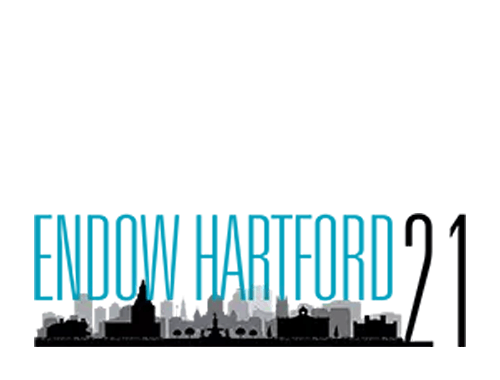Play, Provocations, and Preparing for Kindergarten

Looking into the Early Childhood classroom, you will see children in a variety of places engaged in several different activities at one time. There is an abundance of chatter both from the children and the teachers who, are actively observing and engaging with the children, asking questions and adding materials to the environment to extend their exploration and learning. But what is actually taking place?
Planning activities for the children takes a lot of thoughtful reflection on the part of the teacher. In our Early Childhood classes we use the term "provocations," a term taken from the Reggio Emilia approach meaning stimulating or eliciting children's interest. It is a deliberate action taken on the teacher's part to capture interest and inspire learning about a topic, concept or skill. For example, it could be a carefully laid out table filled with wooden numbers, jewels, markers, dry erase boards, and animals for the children to explore around the concept of "number." The teacher's engagement with the children in a playful way, as well as asking questions and modeling, fosters development in various benchmarks in the Mathematics domain.
Another example may be the addition of photographs of skyscrapers to the block area. This provocation can inspire children to build more elaborate architectural designs. Watching the children play with blocks, you may not at first glance see the endless possibilities of learning that is taking place in that very spot. The teacher, working as facilitator of learning, is sitting in the area to scaffold the children in
many areas of development. As children work together on a creation, they are negotiating and sharing ideas. They can also be learning about measurement as they decide how many smaller blocks in a line can equal the size of a larger block. Physics can also come into their play as the children discover whether the blocks will balance as they are stacked. This year we have seen the creation of playscapes, tractors, rocket ships, and Noah's Ark to name a few!
The art studio is another place that is bustling with activities. As children paint with their fingers and brushes, string beads on a necklace, or sculpt play dough with a wooden stick, they are preparing their small muscles for the many writing tasks that they will be doing later on in Lower School.
Daily read-alouds in our class library and shared book time with friends foster a love of reading. Playing letter games and puzzles in our game center also develop a firm foundation for phonological awareness, the building block for reading which will be used later on.
Sensory tables such as water and sand also provide a valuable and playful way to integrate Science objectives into our day. As children explore with the materials and tools such as pipes, tubes, funnels, measuring cups, etc. they are investigating, making predictions, and exploring cause and effect.
The Dramatic Play area is a wonderful place for children to represent experiences and fantasies in pretend play. At this area, children can cooperate with peers, take turns, and work to resolve conflicts. These are all examples of our Early Learning and Development standards which prepare for Kindergarten.
All of the experiences provided in Early Childhood have a purpose. We use the phrase "play with a purpose" so often, because it is truly how young children learn. Exploring the numerous materials in the classrooms and looking carefully into their endless possibilities for learning is one of the most exciting and thoughtful parts of the job of an Early Childhood teacher.
-Michelle Fontaine, Early Childhood Coordinator
Solomon Schechter Day School
of Greater Hartford
26 Buena Vista Road
West Hartford, CT 06107
© Solomon Schechter Day School of Greater Hartford | Site design Knowles Kreative




